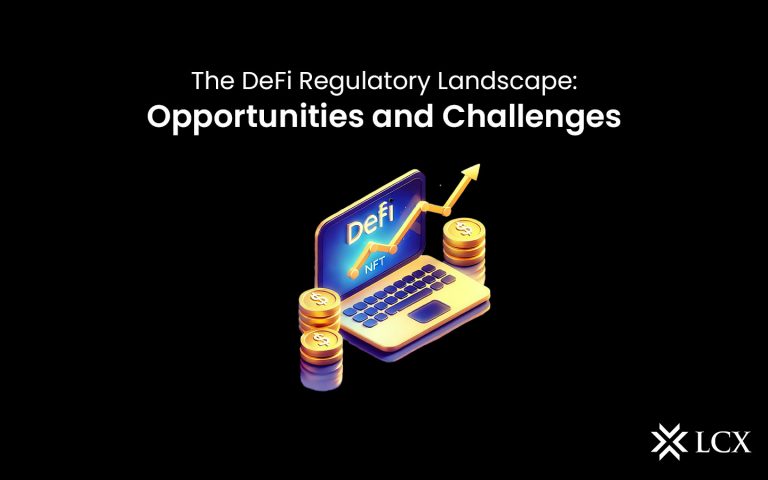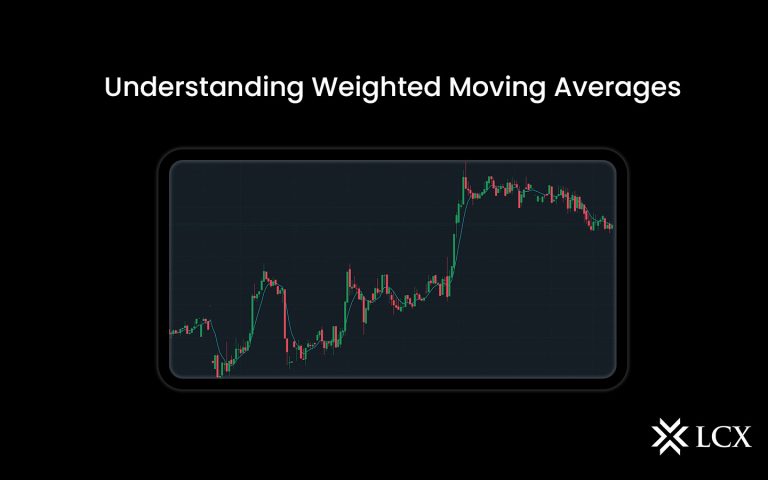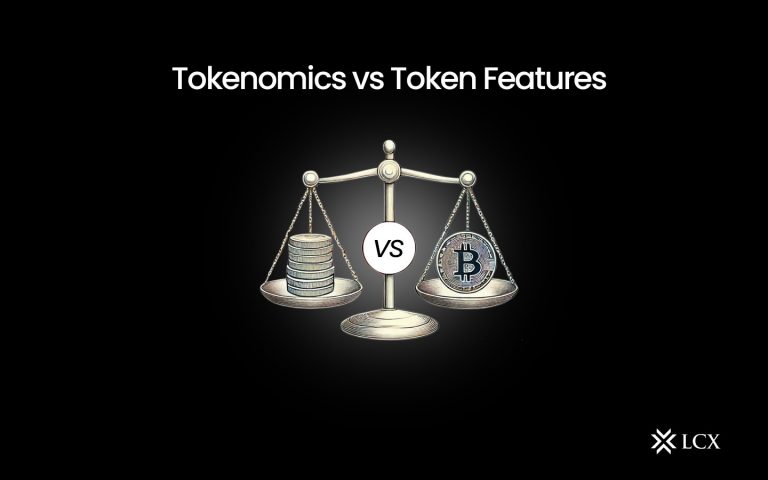As we’re in the last quarter of 2021 and only two months remain, Bitcoin has thrown us another curveball. Bitcoin saw a significant increase this week, reaching an all-time high of $66,900 as the first exchange-traded fund pegged to the crypto was launched. Following that, Bitcoin has entered a price correction phase.
Since the beginning of the year, Bitcoin has increased by more than 137%. 2021 has been a breakthrough year for cryptocurrency in several ways. Started with Tesla’s $1.5 billion bitcoin investment and the crazy NFT frenzy fueled by the record-breaking $69 million NFT sale by the artist Beeple then comes the huge Coinbase IPO and now the Bitcoin ETF.
The return of Bulls
The cryptocurrency market has witnessed an influx of new investors and crazy price action since the beginning of the year. On April 14, Bitcoin shattered all previous records and set a new high of $64421.51. Soon after, Bitcoin fell from its an all-time high of $64,000 to a low of $28,000 this summer. Everyone assumed that the bull market was over. On the other hand, Bitcoin gave “unexpected happiness” to the market after six months of consolidation, establishing a new high for the second time this year. BTC successfully surpassed $66,000 on the evening of October 20th, according to the latest data from CoinMarketcap and reached $66941.70.
Many people are now questioning how the crypto market was able to make a successful comeback and what factors led to the recent bull run. Let’s take a look at the reasons that can sum up the growth.
Regulatory Outlook
Since 2018’s crypto crash, the effect of regulatory announcements can be seen in the market. Despite China’s recent ban on cryptocurrencies, the global regulation around the cryptocurrency market has been favourable. With El Salvador becoming the first government to proclaim Bitcoin as legal tender. There have been additional encouraging examples like these, bolstering crypto’s position in the market.
Many experts believe regulation is a good thing for the industry. “Sensible regulation is a win for everyone,” says Ben Weiss, CEO and co-founder of CoinFlip, a cryptocurrency platform and crypto ATM network. “It gives people more confidence in crypto, but I think it’s something we have to take our time on, and we have to get it right.”
Adoption: Institutional + Retail Investor Influx
The cryptocurrency sector has witnessed huge interest from institutions such as family offices, hedge funds, and traditional money managers, accounting for an influx of $17 billion worth of institutional capital into the cryptocurrency sector this year. Fidelity Digital Assets released the 2021 Institutional Investor Digital Assets Study, according to which 52 percent of respondents in Europe and the United States indicated they had invested in Bitcoin or cryptocurrencies, and 9 out of 10 investors found these assets appealing. European investors are more adamant about Bitcoin than American investors. Asian investors, on the other hand, are the most likely to invest in Bitcoin and cryptocurrencies, with 70% of respondents stating they now own these assets.
The interest of retail investors in cryptocurrencies is aided by institutional engagement. According to a survey done for Russian investors by the Association of Foreign Exchange Dealers (AFD), 77 percent of the 502 investors polled preferred Bitcoin, Ethereum (ETH), and Litecoin (LTC) over assets like gold and foreign exchange.
Aside from Russia and India, countries like Vietnam, Pakistan, Ukraine, and Kenya are seeing an influx of retail investors.
ETF Approval
The biggest factor that contributed to the recent bull run is “ETF”. Bitcoin’s price broke through a new high thanks to the positive stimulation provided by the Bitcoin ETF. On 19th Oct, the first Bitcoin ETF launched on the New York Stock Exchange. The development represents a new, more traditional approach to investing in cryptocurrency. The BITO Bitcoin ETF enables investors to acquire cryptocurrency straight from conventional investing brokers such as Fidelity or Vanguard, where they may already have accounts.
ProShares, an American asset management firm, has launched a “Bitcoin Strategy ETF.” It was the first ETF to be accepted in the eight-year history of Bitcoin ETF applications in the United States. This is seen as a watershed moment in the history of cryptocurrencies, indicating that Bitcoin has entered the capital-rich realm of the mainstream U.S. market. It also helps institutional investors with inefficient trust funds, as well as individual investors unfamiliar with cryptocurrency.
The Expert’s Predictions
According to JPMorgan Chase’s latest research report, Bitcoin is a better inflation hedge asset than gold. This is the primary driver of the current rally, and it has sparked a trend of people switching from gold ETFs to Bitcoin funds since September. This type of capital flow is rare. By the end of the year, the adjustments continue to support Bitcoin’s bullish outlook.
Ben Caselin, head of research and strategy at the American Securities Exchange (AAX), is optimistic about Bitcoin’s bull run and predicts that the price of BTC will soar to the $100,000 mark in the future. While another expert, Matthew Dibb, the CEO of Stack Funds, said, “In the short term, our goal for BTC is 80,000 US dollars.” He went on to say that as market confidence grows, he expects to see a shift from Bitcoin to Ethereum. There will be some capital rotation, like with other digital assets.
As we are approaching the end of 2021, It will be interesting to see what the future holds for bitcoin and the cryptocurrency market.








